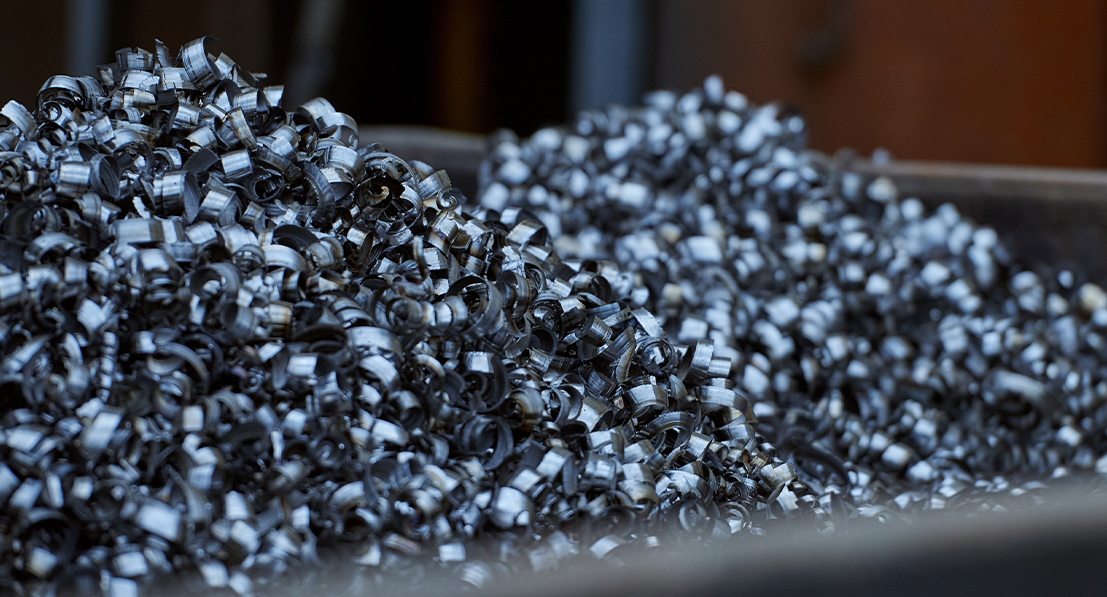
About Us
Our Company
Transforming the possibilities of steel for over 100 years.
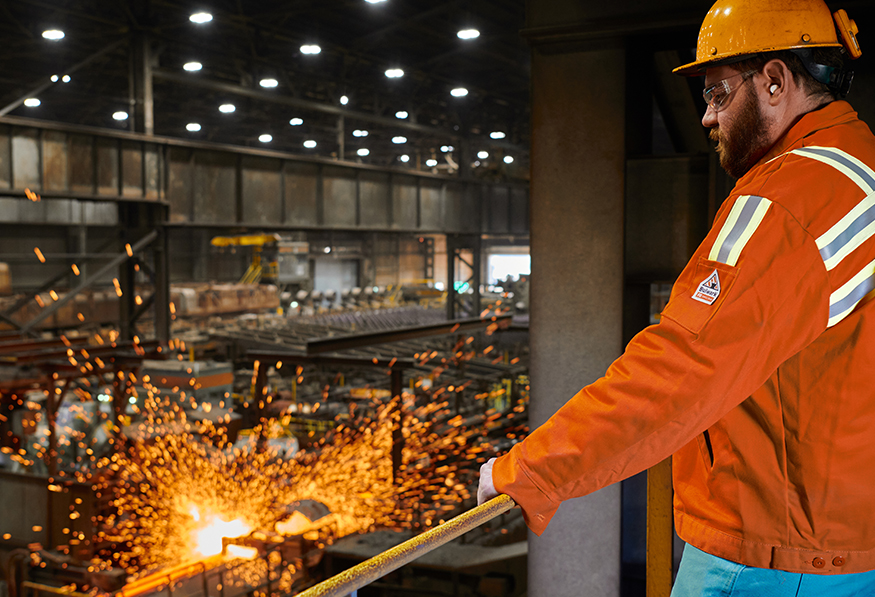
Two simple elements are at the core of Metallus: strong, sustainable steel and lasting partnerships with our customers.
We see limitless boundaries for the markets and applications our steel can go into and thrive on innovating alongside our customers to create better products for complex projects. Our employees take pride in their work; in return, we care for their health and safety and provide support and development opportunities for their career paths. We also contribute to the communities in which we operate and set sustainability goals to help us mitigate our environmental impact.
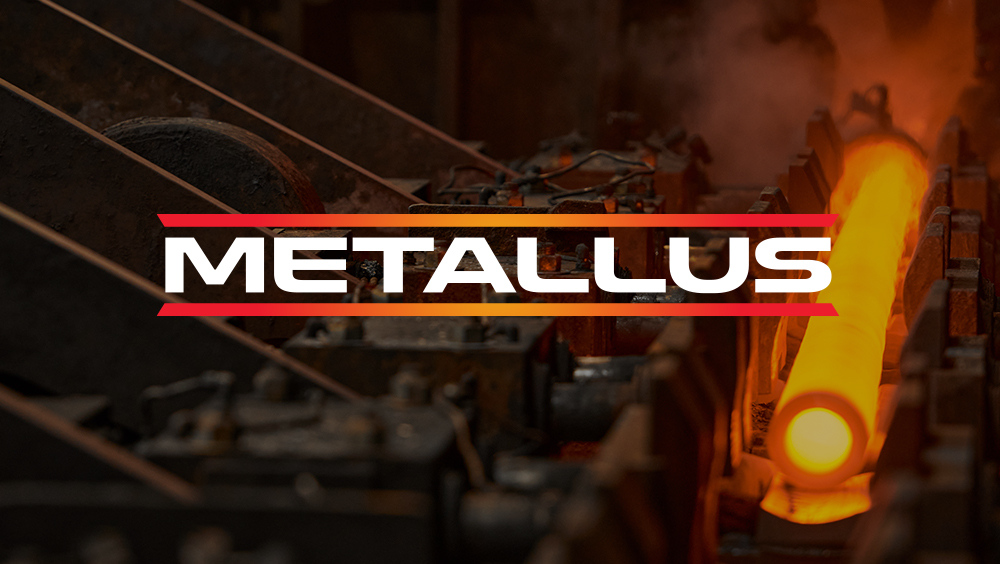
Metallus At a Glance
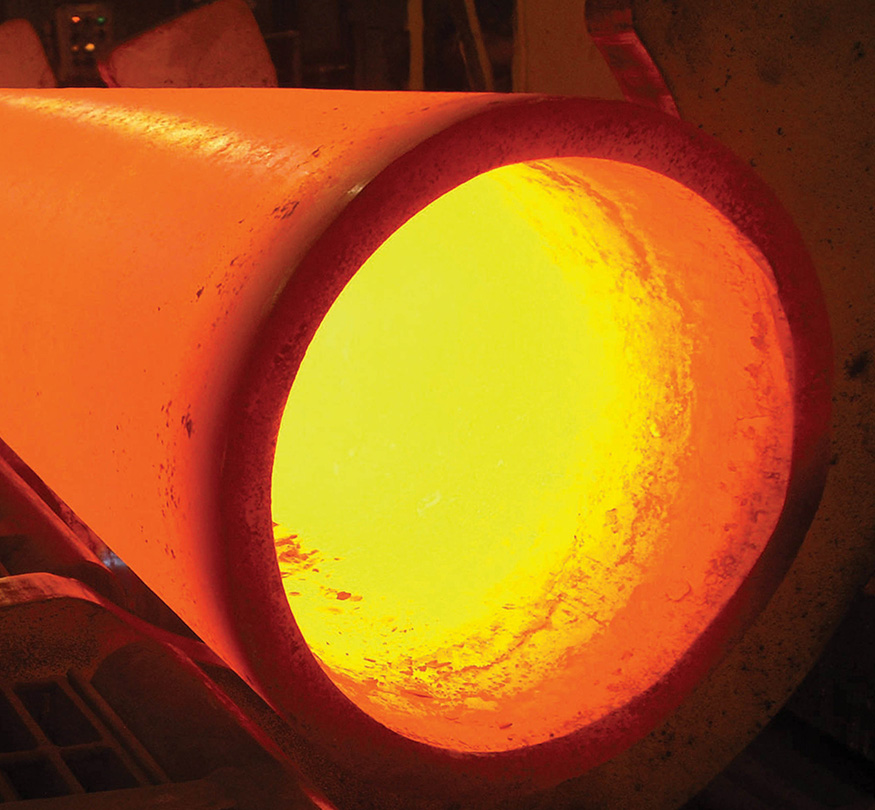
Our History
Built on the lasting power of steel
In 1915, The Timken Company began producing its own steel to ensure a stable supply for bearing manufacturing during World War I. By adding a steel tube mill and melt shop to its Canton facilities, the company gradually exceeded its internal steel needs and began selling alloy steel to outside buyers. With one of the nation’s first electric arc furnaces, the company forged a new standard for high-performance metals. Through the years, as we evolved into Metallus, our reputation for manufacturing high-strength, high-performance metals expanded our market reach from automotive into industrial, aerospace & defense, and energy. Even as we begin the next iteration of our company as Metallus, we continue to focus on applying our metallurgical knowledge and designing products that meet customers’ specifications.
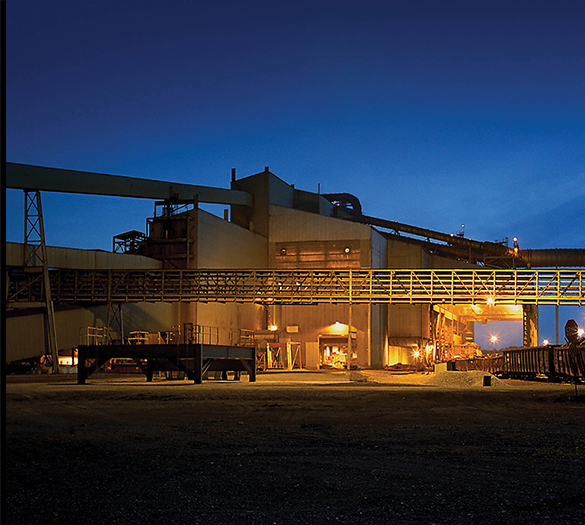
Markets
Solutions for the most critical industries
Applications in our key markets – industrial, automotive, aerospace & defense, and energy – depend on success and therefore require made-to-order, high-value, reliable solutions. Our special bar quality steel and tubes, customized to meet the unique specifications of even the most stringent markets, increase product lifecycle and enhance durability. Customers count on our clean steel for applications that range from bearings in light vehicles to landing gear in aircraft to wind gear boxes for turbines.

Products
High-quality. High-performance. Customer-trusted.
Our premium air-melt technology elevates the quality of our special bar quality steel and billets, optimizing them for use in critical applications. We can create custom tube sizes in over 500 grades and have the capability to apply multiple thermal treatment options. Quality lends itself to product durability and lifecycle, and we produce our steels to American Iron and Steel Institute standards. We also offer precision cutting and ring gear machining as part of our manufactured components product offering. Our superior customer service team provides supply chain management, program management, and full order lifecycle support to help customers remain focused on their priorities.

Our Approach
Customer-centered innovation is our specialty
Special bar quality steel (SBQ) is our niche, and collaboration with our customers has made our products better over time. With every product we customize and application we design, our customers help us learn more about the capabilities of steel across established and emerging markets. Using our metallurgical knowledge and industry expertise, we identify the best solution for each customer and pinpoint the size, processing, and treatments to fit the end application. We invest in our assets because we believe that specialty steel and clean, durable metals maintain an important place in the market.
